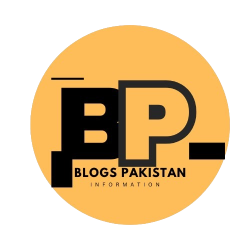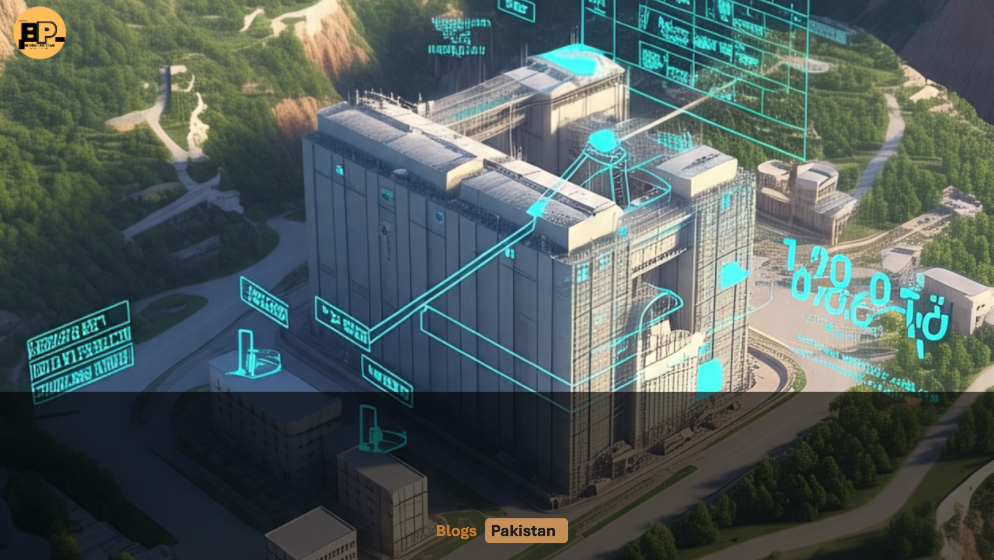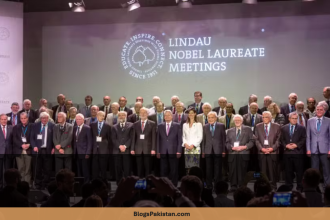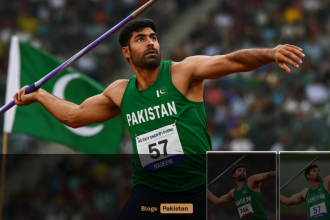Iran Ah, the world of international politics—part chess match, part drama series, and always a dash of the unexpected. Just when you think the dust might finally settle around Iran’s nuclear ambitions, a few new plot twists appear. Recently, the Islamic Republic found itself under the spotlight—again—after US and Israeli strikes targeted its nuclear facilities. But here’s where it gets interesting: Iran isn’t just sitting back and licking its wounds. With a blend of strategic foresight, council-driven decision making, and some cutting-edge AI, the country is determined to keep its nuclear program alive and kicking.
The Council’s Calculated Response: No Time for Panic
When your nuclear facilities come under attack, a quick response is critical. Iran’s top officials wasted no time convening their council—a group of seasoned experts and political heavyweights who usually steer the nation’s nuclear ship through turbulence. The head of the Atomic Energy Organization of Iran, Mohammad Eslami, made it crystal clear: the country had “taken the necessary measures” and was “taking stock of the damage.”This wasn’t just empty talk. Iran’s council had already anticipated the possibility of strikes. According to Eslami, plans for restarting the affected facilities were ready to roll before the first missile hit. That’s right: the council’s job isn’t just to react but to predict, prepare, and plot out next moves like grandmasters eyeing a checkmate.
Nuclear Facilities in the Crosshairs: Fordo, Natanz, and Isfahan
Let’s paint the picture. On Sunday, the United States targeted three of Iran’s critical nuclear sites: Fordo, Isfahan, and the infamous Natanz uranium enrichment facility. Each of these locations isn’t just a random pin on the map—they’re the crown jewels of Iran’s nuclear ambitions.
- Fordo: Carved into a mountain south of Tehran, Fordo is a fortress of centrifuges.
- Natanz: The heart of Iran’s uranium enrichment efforts and a familiar name in nuclear news.
- Isfahan: A key hub for uranium conversion, fueling the other sites.
Despite the strikes, Iran’s nuclear council insists that production and core services have not been disrupted, and they say the game is far from over. In other words, you can bomb the facilities, but you can’t bomb away the know-how—or the spirit.
How AI is Changing the Nuclear Equation
Here’s where the plot thickens. Iran isn’t just relying on old-school engineering and political willpower. Artificial Intelligence—yes, the same tech that recommends your next series on Netflix—is now a critical tool in nuclear resilience.
Damage Assessment Gets a Digital Upgrade
AI algorithms were instantly put to work, analyzing satellite imagery, sensor data, and on-the-ground reports to evaluate the real impact of the strikes. This allowed Iran’s council to make informed decisions faster than ever before.
Predicting the Next Move
Machine learning models (trained on decades of military and political behavior) can now predict the likelihood of future strikes, helping the council shore up defenses and reroute operations as needed.
The Council of Experts: Iran’s Brain Trust
For all the talk of AI, the heart of Iran’s nuclear strategy is still its council of experts. This body, operating under the guidance of Supreme Leader Ayatollah Ali Khamenei, is made up of nuclear scientists, military strategists, and top diplomats. Their mission: to ensure that neither sanctions nor strikes derail Iran’s nuclear aspirations.When Eslami says “the game is not over,” he’s signaling that the council has more moves up its sleeve—including contingency plans for restarting enrichment, dispersing assets, and maintaining uranium stockpiles. After all, in the nuclear world, knowledge is the ultimate bunker.
International Reactions: The World Watches—And Worries
After the strikes, US President Donald Trump declared a “spectacular military success.” Israel’s government, meanwhile, proudly announced another round of attacks on Fordo to “obstruct access routes.” But the international community knows better than to write off Iran’s program just yet.Why? Because Iran has proved time and again that it won’t be knocked out by a few well-placed bombs. The resilience comes not just from technology and fortifications, but from a council that thinks several moves ahead—and isn’t afraid to bring AI into the game.
What This Means for the Future
Iran’s message to the world is simple: “We’re still in the game.” By integrating the collective wisdom of its council and the analytical power of AI, Iran is building a nuclear program that’s harder to disrupt than ever before. That should give pause to any nation hoping for a quick end to the nuclear standoff.As for the Iranian public, most are more interested in reliable electricity, jobs, and a sense of security than the finer details of uranium enrichment. Still, the council’s handling of recent events is bound to boost national pride, and perhaps even trust in technology—assuming the lights stay on and the internet doesn’t lag.
Takeaways: The Council and AI—A Nuclear Power Couple
In summary, the latest chapter in nuclear saga is a testament to what happens when centuries-old council wisdom meets 21st-century technology. Bombs may fall, but with robust contingency plans and a digital brain trust, Iraan’s nuclear program is proving remarkably resilient.The world will keep watching, worrying, and waiting for the next twist. But one thing is certain: As long as Iran’s council is in session and AI is crunching data, the nuclear game is far from over.










